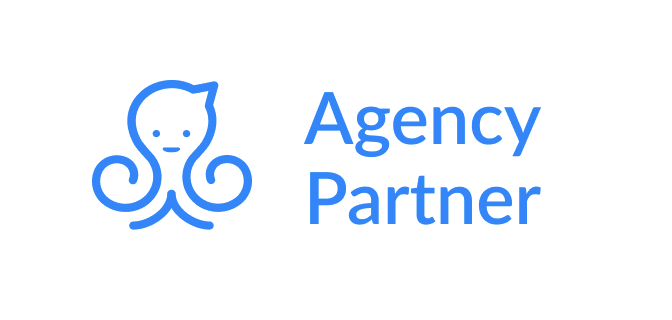You know what we’ve heard too many times? “Facebook advertising does not work!”
Sure. Sometimes that’s true.
You’ve written some Ad copy about your “cutting-edge and innovative product” and either paid to ‘boost’ the post or else chucked money at Facebook by creating an Ad that’s been (apparently) seen by every possible teacher in the UK.
And yet, you’ve had very little return on your investment.
Facebook doesn’t seem to be working for you.
Time to try Twitter… or Instagram… or LinkedIn.
And you’ll probably find the same thing happening again and again.
Social media and teachers
It’s not that social media advertising doesn’t work for teachers. Quite the opposite (as we’ve proved).
Social media advertising isn’t a dark art reserved for big commercial brands with deep pockets.
Social media advertising relies on exactly the same fundamentals of all great promotion.
Knowing your audience and capturing their attention at the right time, in the right place, with the right message.
And no one knows your audience better than you.
So how do you target them?
Targeted advertising is not new.
Think about the types of TV adverts that are shown on kids’ channels or around seasonal holidays, web ads that seemingly find you a few minutes after you searched on a website for a particular product, and more recently giant billboards that show you tailored advertising as you drive past.
And the advertising behind them gets more and more sophisticated. Dynamic Creative Optimisation, for example, allows brands to create Ad variations and interactive features that appeal to the right customers in the right place, at the right time.
While many of the targeting advertising examples I’ve given have been implemented by large consumer brands and retailers, there are definitely lessons that education brands can learn from them.
The main thing to remember is targeting advertising on social media is not some kind of dark art.
It’s applying the data you have on your target market with a very specific, creative, and authentic message.
Get it right and the people who do see your Ad will have a higher propensity to engage with your brand.
Customer avatars and clear messaging
When targeting teachers on facebook, consider not just the obvious demographics but also:
- what interests teachers might have
- what websites they like
- what groups they’re a part of
- what publications they read
- what times of day they’re likely to be browsing online
- when they have long periods of free time
And when it comes to messaging, try picking out just one or two problems your product or service solves rather than trying your best to cram in every single benefit for fear of missing out to competitors.
**If you want to include targeted advertising as part of your marketing strategy to schools but you’re not sure where to start, get in touch for a free growth strategy call, and we’ll help you figure out how you can get the most bang for your Ad spend.**
Here are my top 3 takeaways for targeting advertising in the education sector.
- Continually update your audience profiling. Teacher habits and behaviours change all the time, so stay on top of the nuances of your specific target market so you can exploit this data. Don’t always presume you know teachers either. Try to find ways of reaching out to teachers to ask them about their challenges, pain-points and preferences. Share these customer avatars across sales, marketing and other customer facing business functions to help everyone understand your customers better.
- Make sure your messaging is made up of authentic stories. Avoid terms like “cutting edge”, “innovative”, and “saves you time and money” – they’re lazy copy and mean nothing. Instead communicate how exactly your education product or service helps solve a specific problem in the life of a teacher.
- Ad fatigue is a big deal. Help avoid your Ad becoming part of the noise by combining forensic-level customer insight with a big dose of creativity that sparks curiosity. As mentioned, data is an important weapon in your armoury. BUT don’t let all that number crunching and your quest for advertising ROI dull creativity. At the end of the day your Ads need ‘zing’ too.












